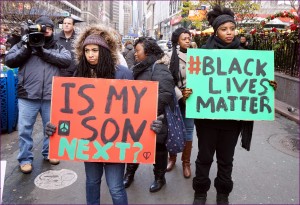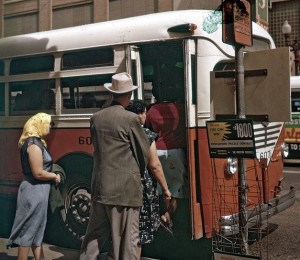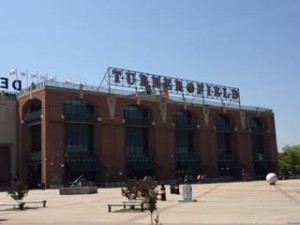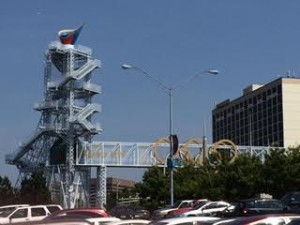So you guys already know about the moving of Turner Field in Atlanta, GA to Cobb County, GA. The new Stadium has been purchased by Georgia State University for the GSU Baseball and Softball team. This entire process is about to have a MAJOR change on the Summerhill Community. Many people including news reporters and social media and residents feels that the move of Turner Field was move was racially motivated. This has caused tensions between black residents and white residents.
“Summerhill, the neighborhood where the stadium currently resides, has a population that’s 89 percent black.” (Barber) One of my family members lives in the Square at Peeplestown apartments right behind the stadium. This apartment complex is majority African Americans and they have low-based incomes and is assisted by government housing (Section-8). The landlord/government has already told the residents of the apartment complex that they have to move out by the end of this year (December 2016). Georgia State plans on making those apartments into GSU dorms. That’s great and all but my family member has no idea where he’s going to move him and his family. Its not just my family that’s being affected
I researched a little bit and these are some of things I found. “The loss of Turner Field also means the loss of hundreds of part-time jobs, a crushing blow for a neighborhood where the median income is $15- 20k lower than where the new stadium will be built.” (Barber) In my site response I talked to a man who explained how the move of Turner Field is going to affect his financially. https://sites.gsu.edu/sanderson57/2016/09/13/my-view-of-turner-field-pt-2/
Do you know where they’re going to move??? I do.They’re going to move to the next low income areas. Like DeKalb County, Clayton County, and another part of Fulton County.
Sources: James Redding Jr. (My Uncle)
http://www.huffingtonpost.com/houston-barber/the-fall-of-turner-field-_b_9612302.html





